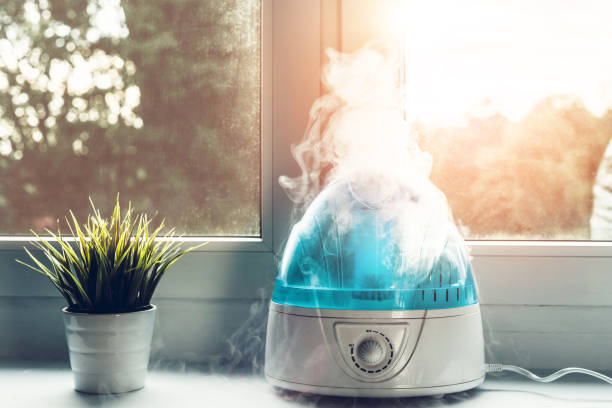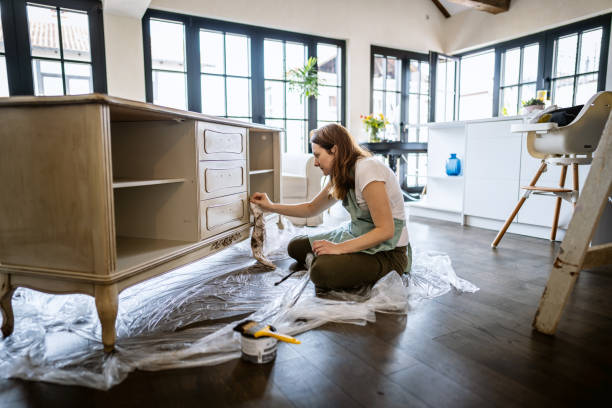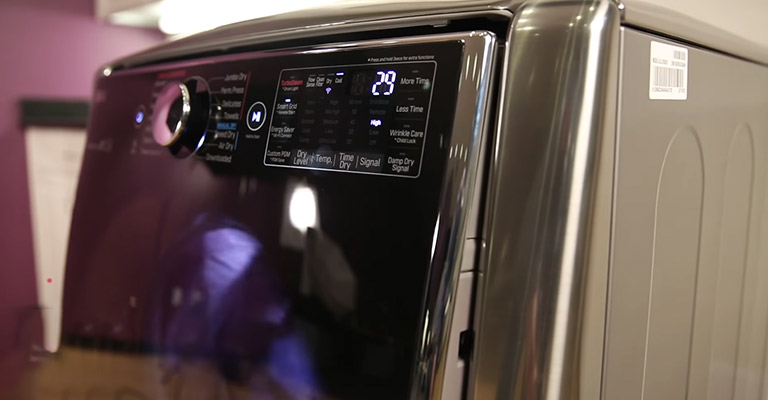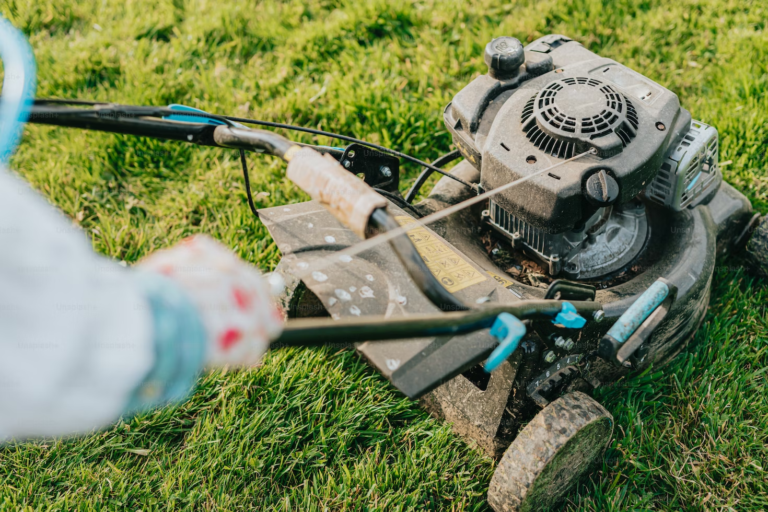How to Season a Blackstone Griddle
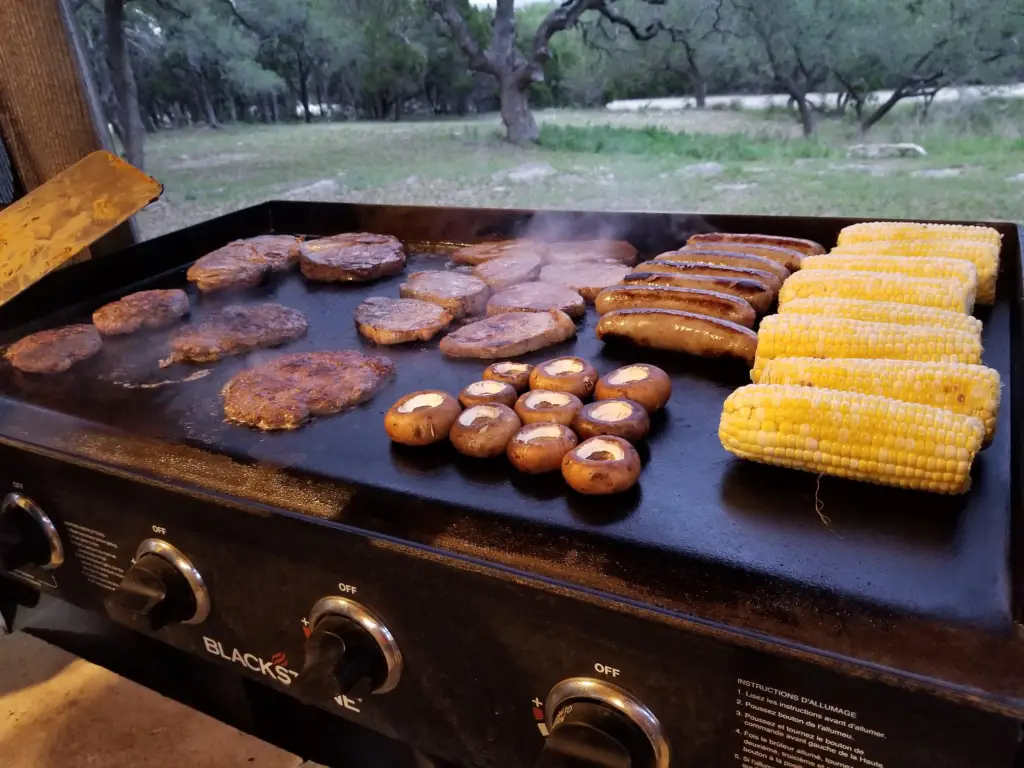
A blackstone griddle is a versatile cooking tool that can be used to cook a variety of foods, from pancakes to burgers to stir fry. However, before using the griddle for the first time, it is important to properly season it. Seasoning a blackstone griddle not only helps to prevent rust and corrosion, but it also creates a non-stick surface that makes cooking and cleaning easier.
To season a blackstone griddle, the first step is to clean it thoroughly with soap and water. Then, apply a thin layer of oil to the griddle surface and heat it up until it begins to smoke. Once the griddle has cooled down, repeat this process several times until a dark, non-stick coating has formed. While this may seem like a time-consuming process, it is essential for ensuring that the griddle performs at its best and lasts for many years to come.
In this article, we will provide a step-by-step guide on how to season a blackstone griddle, as well as tips for maintaining and caring for your griddle. Whether you are a seasoned griddle pro or a beginner just starting out, this guide will help you get the most out of your blackstone griddle and ensure that it continues to perform at its best for years to come.
Understanding Your Blackstone Griddle
Material and Design
Blackstone griddles are made of high-quality materials that make them durable and long-lasting. Most of them are made of stainless steel, which is resistant to rust and corrosion. The cooking surface is made of cold-rolled steel, which is a good conductor of heat and helps distribute heat evenly across the cooking surface.
The design of the Blackstone griddle is also unique. It has a flat cooking surface that is perfect for cooking a variety of foods, including pancakes, eggs, bacon, and burgers. The griddle also has a built-in grease management system that helps to collect excess grease and oil, making it easier to clean.
Benefits of Seasoning
Seasoning your Blackstone griddle is an important step in maintaining its quality and ensuring that it lasts for a long time. Seasoning helps to protect the cooking surface from rust and corrosion, and it also helps to create a non-stick surface that makes cooking easier.
To season your Blackstone griddle, you will need to apply a layer of oil to the cooking surface and heat it up. This will help to create a protective layer of seasoning that will prevent food from sticking and make it easier to clean.
In addition to making cooking easier, seasoning your Blackstone griddle can also help to enhance the flavor of your food. The seasoning can help to create a caramelized crust on your food, which can add depth and complexity to the flavor.
Overall, understanding your Blackstone griddle and the benefits of seasoning it can help you get the most out of your cooking experience. By taking the time to properly season your griddle, you can ensure that it lasts for a long time and that your food always comes out perfectly.
Initial Seasoning Process
When it comes to seasoning a blackstone griddle, the initial seasoning process is crucial. This process creates a non-stick surface and protects the griddle from rust. Here are the steps to follow for the initial seasoning process:
1. Cleaning the Griddle
First, clean the griddle with soap and water to remove any dirt or debris. Rinse it thoroughly and dry it completely.
2. Applying the Oil
Next, apply a thin layer of oil to the griddle surface. You can use any high smoke point oil such as vegetable oil, canola oil, or flaxseed oil. Spread the oil evenly using a paper towel or a brush.
3. Heating and Curing
After applying the oil, turn on the heat to high and let the griddle heat up for 15-20 minutes. This will allow the oil to penetrate the surface and create a protective layer. You may notice some smoke and a slight odor during this process, which is normal.
Once the griddle has heated up, turn off the heat and let it cool down. Do not remove the oil from the surface. This process is called “curing” and it helps to create a non-stick surface on the griddle.
Repeat this process 2-3 times before using the griddle for cooking. This will ensure that the griddle is properly seasoned and ready for use.
By following these steps, you can ensure that your blackstone griddle is properly seasoned and ready for cooking. Remember to clean and re-season the griddle after each use to maintain its non-stick surface and prevent rust.
Maintenance Seasoning
Frequency of Seasoning
Regular seasoning is essential to maintain the quality of your Blackstone griddle. The frequency of seasoning depends on how often you use your griddle. Generally, it is recommended to season your griddle after every use. However, if you use your griddle less frequently, you can season it once a week or whenever you notice rust or discoloration on the surface.
Steps for Regular Upkeep
Here are the steps for regular upkeep of your Blackstone griddle:
- After each use, scrape off any food debris or grease using a scraper or spatula.
- Use a paper towel or cloth to wipe the surface clean.
- Apply a thin layer of oil or cooking spray on the surface.
- Turn on the heat to medium-high and let the oil heat up for a few minutes.
- Once the oil starts smoking, turn off the heat and let the griddle cool down.
- Wipe off any excess oil with a paper towel or cloth.
- Repeat the process if necessary.
By following these steps, you can maintain the quality of your Blackstone griddle and ensure that it lasts for a long time.
Frequently Asked Questions (FAQs)
Q: What type of oil should I use for seasoning?
A: High smoke point oils like canola, flaxseed, or vegetable oil are recommended. They form a durable seasoning layer when heated.
Q: How many times should I season my new Blackstone griddle?
A: Season your griddle 2-3 times before the first use. This builds up a solid non-stick layer.
Q: How do I know when it’s time to re-season my griddle?
A: Re-season when the surface starts to look dry or loses its non-stick properties. Also, re-season after thoroughly cleaning off rust or debris.
Q: Can I use soap to clean my seasoned griddle?
A: Avoid using soap as it can strip the seasoning. Instead, use hot water and a griddle scraper for cleaning.
Q: Is it safe to season a Blackstone griddle indoors?
A: Seasoning is best done outdoors due to the smoke produced during the process. If indoors, ensure good ventilation.
Q: How long does the seasoning process take?
A: Each seasoning layer takes about 10-15 minutes to set. The entire process may take about an hour, depending on how many layers you apply.
Q: Can I season a Blackstone griddle in the oven?
A: It’s not recommended due to the griddle’s size and the uneven heat distribution in an oven. Seasoning should be done on the griddle’s own burners.
Q: What happens if I don’t season my Blackstone griddle?
A: Without seasoning, the griddle is prone to rust and food may stick, making cooking and cleaning difficult.
Final Thoughts
Mastering the water Blackstone griddle seasoning process is essential for any grilling enthusiast. The key to a well-maintained griddle plate lies in the careful application of cooking oil, with options ranging from high smoke point oils like avocado oil to coconut oil. Always remember to don heat-resistant gloves while working on the hot griddle surface, ensuring safety and precision during the seasoning process.
By allowing your griddle to cool slightly after each oil application, you ensure that each layer of oil bonds perfectly, creating a durable, non-stick surface that enhances your cooking experience. Furthermore, the longevity and performance of your Blackstone griddle greatly depend on how well you season and maintain the griddle top. After each use, a light re-application of your preferred oil, be it avocado or coconut oil, followed by a brief heating session, will help preserve the integrity of the seasoning.
This simple yet effective routine not only extends the life of your griddle plate but also ensures that your meals are cooked to perfection every time. Embrace these tips and make the most out of your Blackstone griddle, transforming every outdoor cooking session into a delightful culinary adventure.

